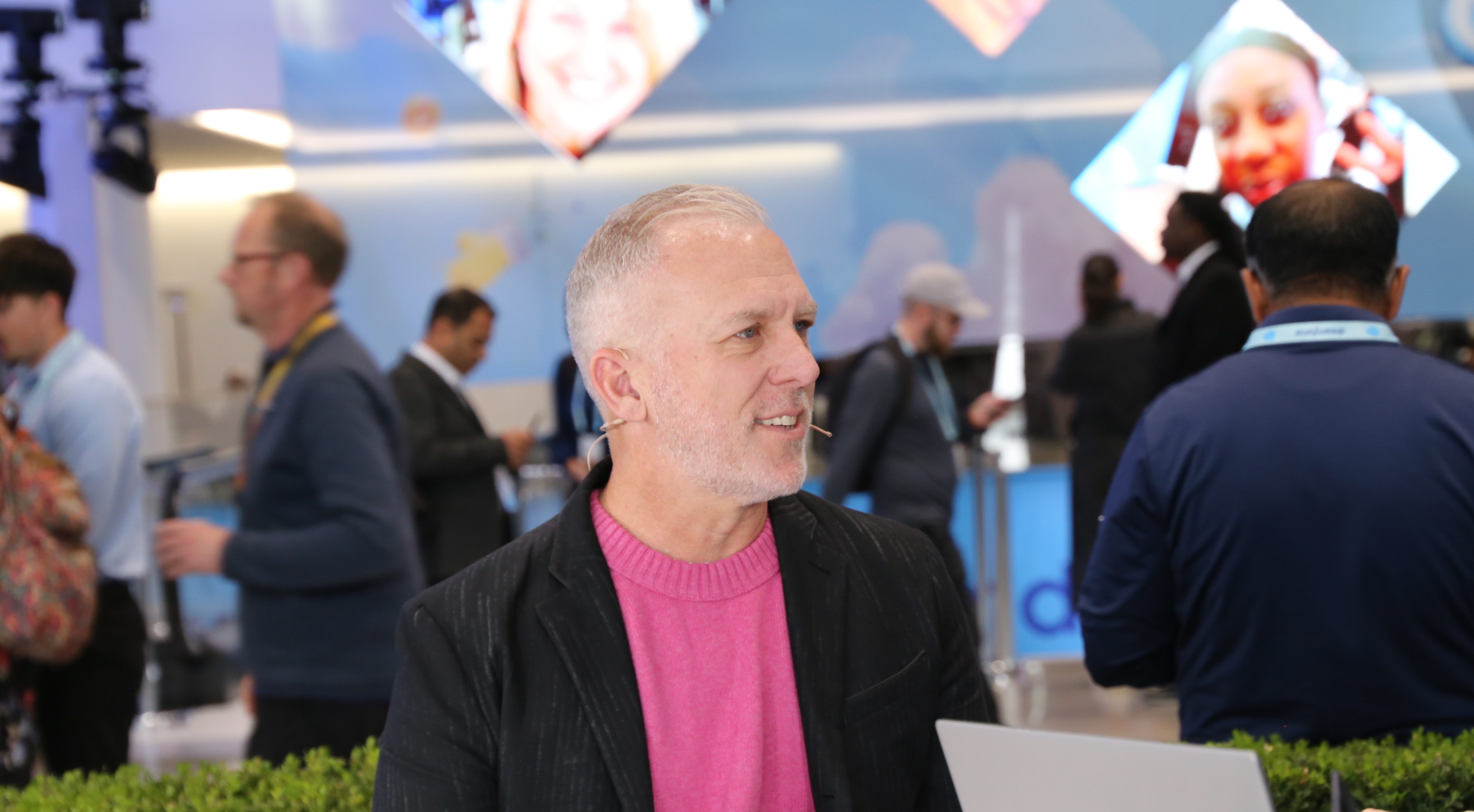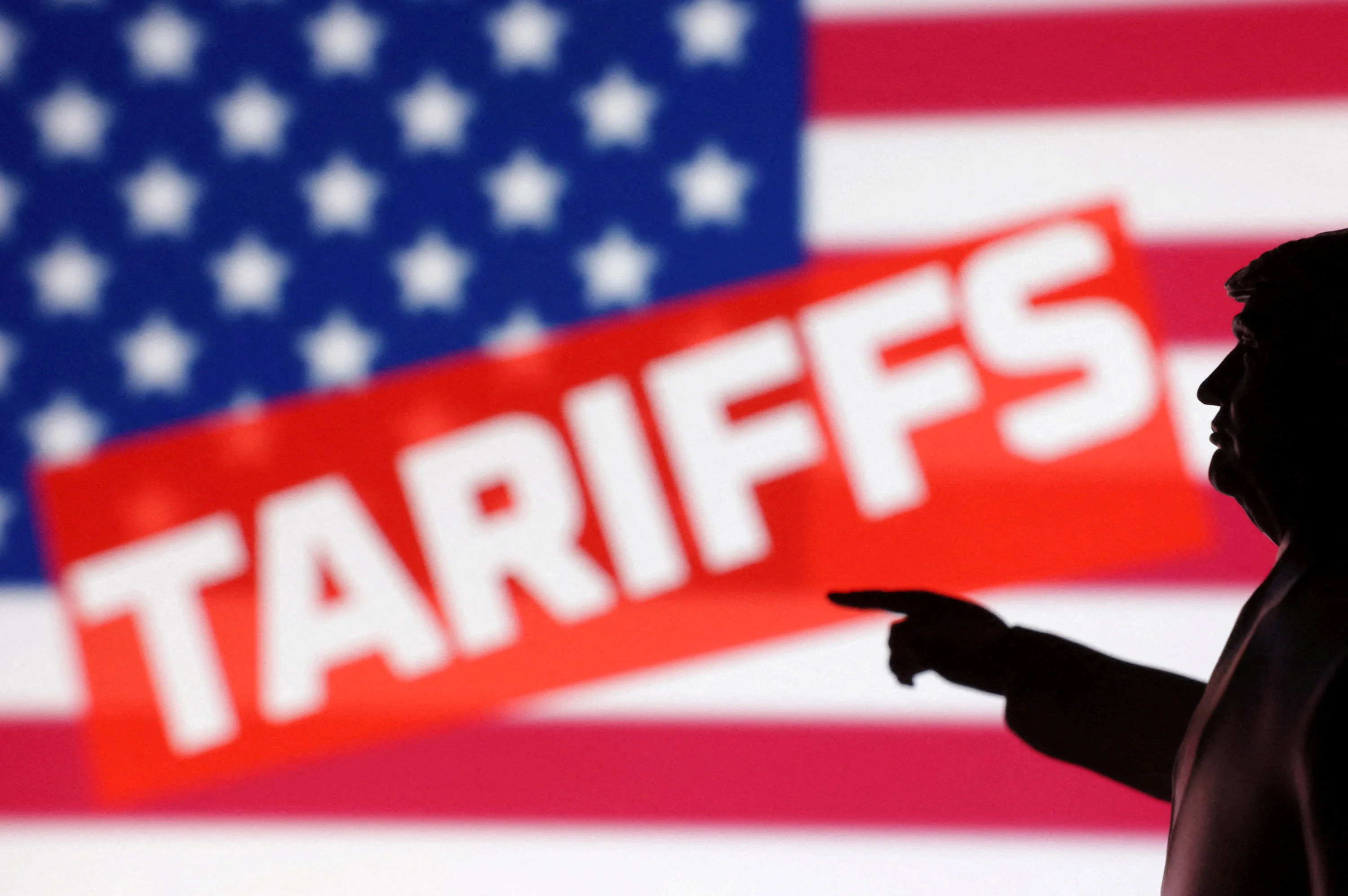Copyright SiliconANGLE News

Workplace collaboration is undergoing a quiet revolution. The next wave of innovation isn’t about adding more tools — it’s about making them think with us. Powered by artificial intelligence, the new Slack AI platform turns technology into a true teammate, reshaping how ideas form, decisions flow and organizations move in sync. This isn’t automation as usual. Slack Technologies LLC’s approach reimagines collaboration itself — blending context, conversation and cognitive support into one fluid environment. By embedding AI into the daily rhythm of communication, Slack aims to transform busywork into clarity, help teams make smarter decisions faster and redefine what digital teamwork can look like when intelligence lives in the flow of work, according to Rob Seaman (pictured), chief product officer of Slack, a Salesforce Inc. company. “We think Slack is the perfect home for humans and agents to live together,” Seaman told theCUBE. “The reason we think that is that Slack started as asynchronous communication. If you think of agents, it’s, again, like an asynchronous experience. You ask questions, you get answers back when the agent has that answer. You ask it to go do a series of things, it goes and does them and it comes back asynchronously when it’s done. It’s just kind of a natural fit.” Seaman joined theCUBE’s John Furrier and Gemma Allen at Dreamforce, during an exclusive broadcast on theCUBE, SiliconANGLE Media’s livestreaming studio. The discussion covered Slack’s product evolution, data ethics and how the Slack AI platform is shaping the next wave of enterprise collaboration. (Disclosure below.) Inside the Slack AI platform Slack’s transformation centers on how companies use context and data to accelerate decision-making. The Slack AI platform now acts as a living map of company priorities, conversations and team dynamics. Those capabilities make it uniquely suited to support agent reasoning and tool orchestration, according to Seaman. “Slack is conveniently a searchable log of all communication and knowledge,” he said. “We’ve traditionally spoken of it as the collective intellect or brain of an organization. It’s our duty to protect it because it is customers’ data, but it’s also our duty to make it available to these agents in a way that’s optimized for agentic use cases so they can effectively reason and make these tool calls.” The company sees the Slack AI platform as the new interface layer — an enterprise browser for distributed work. With a plethora of AI tools joining the Slack ecosystem, the platform becomes a natural hub for accessing apps, content and coworkers all in one flow, Seaman noted. “We think of it a bit as the browser for the enterprise, not necessarily the internet, but the browser in which you experience the internet within the enterprise,” he said. “We think Slack can be that. Just over the course of the last six months, we’ve seen ChatGPT, Codex, Claude … all coming to Slack. We think it’s a natural home because we think our biggest asset is … attention.” Trust and transparency remain non-negotiable in the Slack AI platform roadmap, Seaman emphasized. AI features operate within strict enterprise boundaries, ensuring that data is never shared for model training, which gives organizations the confidence to deploy Slack-native intelligence at scale. “From day one, it was very important that this be the most secure messaging system within an enterprise,” Seaman explained. “From a data-security perspective, the thing that we try to make sure for our customers is that they know how their data is getting used and not. No data actually leaves the trust boundary. The data’s not used for the training of the LLMs, and that just gives large enterprises and the government a ton of confidence in using these AI features.” Here’s the complete video interview, part of theCUBE’s coverage of Dreamforce: (* Disclosure: TheCUBE is a paid media partner for Dreamforce. Neither Salesforce, the sponsor of theCUBE’s event coverage, nor other sponsors have editorial control over content on theCUBE or SiliconANGLE.) Photo: SiliconANGLE



